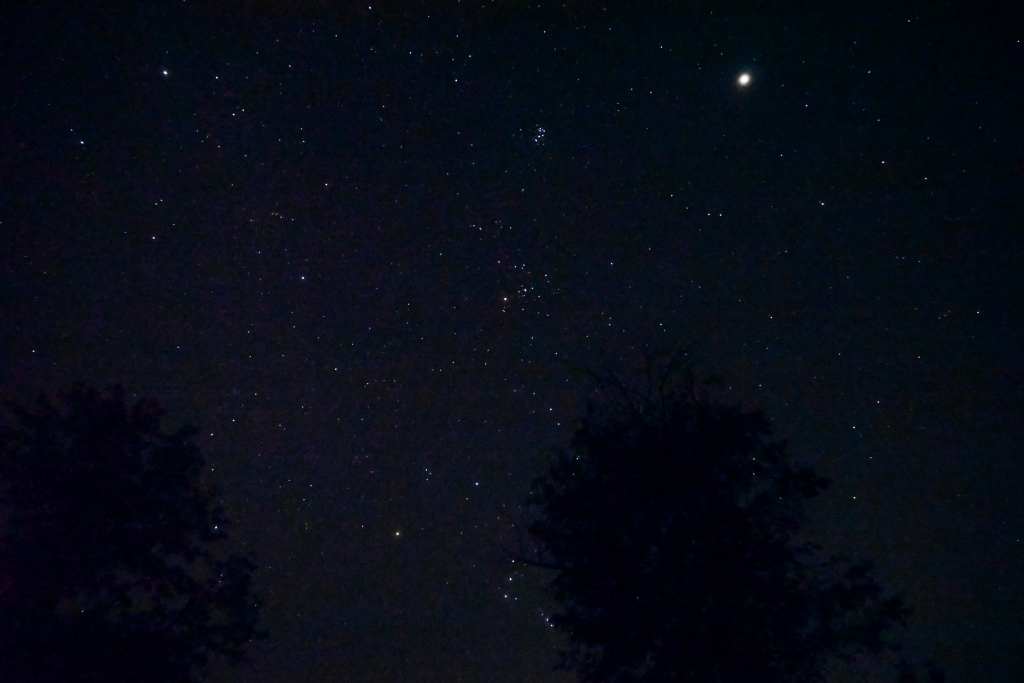
It has rained for a week. Today was the first sunny day. It took a long time to get a solar filter for my camera. Amazon was out of them. Backordered filters would arrive after the solar eclipse day. B&H had filters. Everything was unclear as to safety and whether the solar filter would fit my camera lens. Gee!! I don’t remember it being so hard the last time around. Dave remembers he was here at the beach wtth another girlfriend. Colleen remembers too. I do not. Oh boy! … old age.
I got the filter needed. Tested. Mounted on the camera. Test shots. It works. Hey! it was easy?!
Practice, practice, practice.
Well, we are set. The weather report has been all over the map. I am not in the path of “totality.” Will it rain? Will it be cloudy? Will I see the sun?
Let’s see?! – pun intended. Last time around it was not totality here either. I got a nice series of shots. I am hoping…
For now it is practice, practice, practice. So far my camera, lens, and technique is good. We shall see how luck holds. I feel like there is much more hype around this eclipse than the last one. Colleen is neutral. We have a family member scheduled for surgery on that day… I am planning a location and to set up the tripod and to shoot, if the weather cooperated. Stay tuned.
Tech:
- Solar filter for camera lens
- Solar filter glasses for direct viewing
- Tripod
- Manual setting – approx. 1/160, F9, ISO 400
It all worked out this morning. If the weather is good, then we may have a follow up post with whatever eclipse is in my zone. Good luck to us all.





















